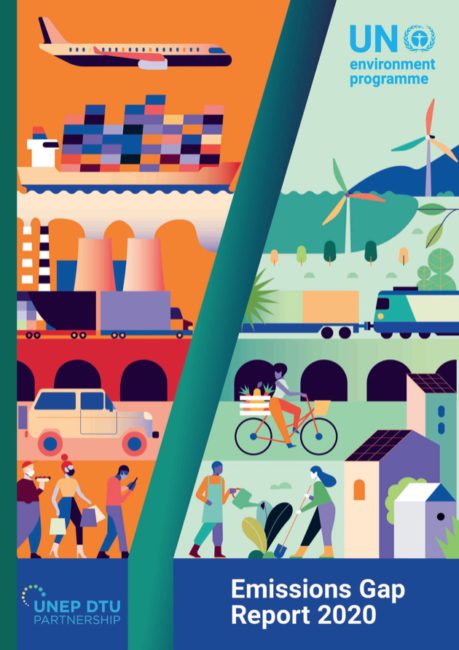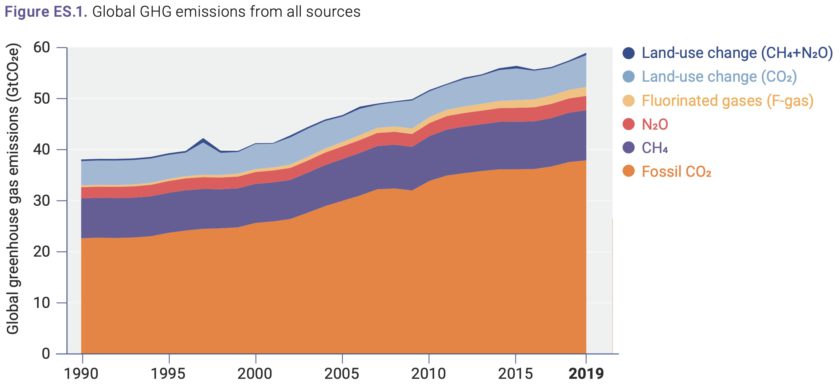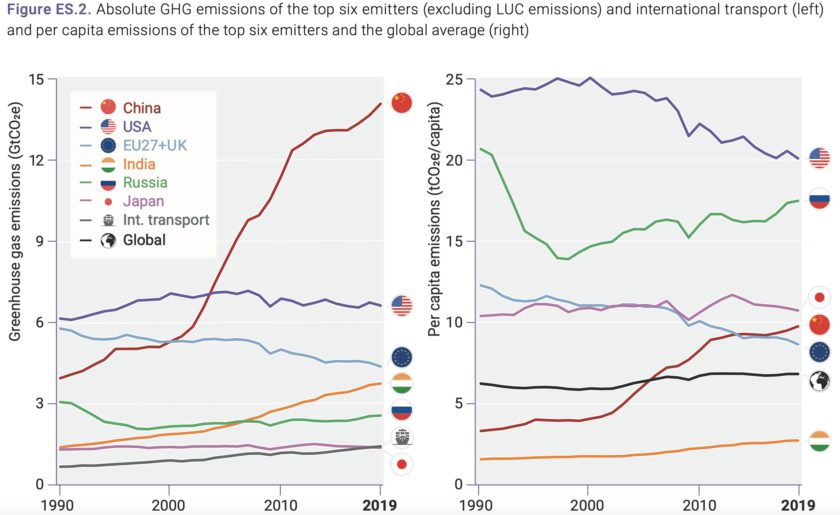
The UN’s Emissions Gap report for 2020 has been published. You can perhaps think of this as a way of putting your finger on the Climate Change pulse and determining how it is going.
So how is it going?
What it highlights is not good news. We are still on course for a temperature rise in excess of 3°C this century. That is far beyond the Paris Agreement goals of limiting global warming to well below 2°C and pursuing 1.5°C
We need a Green COVID-19 Recovery
As you might anticipate, COVID-19 has had an impact upon our global emissions.
What happens now is very much within our grasp.
A green pandemic recovery could cut up to 25 per cent off predicted 2030 greenhouse gas emissions and bring the world closer to meeting the 2°C goal of the Paris Agreement on Climate Change. If governments invest in climate action as part of pandemic recovery and solidify emerging net-zero commitments with strengthened pledges at the next climate meeting – taking place in Glasgow in November 2021 – they can bring emissions to levels broadly consistent with the 2°C goal.
It need not just be that.
By combining a green pandemic recovery with swift moves to include new net-zero commitments in updated Nationally Determined Contributions (NDCs) under the Paris Agreement, and following up with rapid, stronger action, governments could still attain the more-ambitious 1.5°C goal.
“The year 2020 is on course to be one of the warmest on record, while wildfires, storms and droughts continue to wreak havoc. However, UNEP’s Emissions Gap report shows that a green pandemic recovery can take a huge slice out of greenhouse gas emissions and help slow climate change. I urge governments to back a green recovery in the next stage of COVID-19 fiscal interventions and raise significantly their climate ambitions in 2021.”
Inger Andersen, UNEP’s Executive Director
The precise Numbers – what is currently going on?
Globally this is going on …

However, break that down by nation and things become a bit clearer.
The diagram on the left below contains the absolute numbers. It is the one on the right that is perhaps more representative, the per capita emissions …

The top four emitters (China, the United States of America, EU27+UK and India) have contributed to 55 per cent of the total GHG emissions.
It might be tempting to point the finger at China, but pause and consider this. We consume rather a lot of stuff that is made in China. It is that production that greatly contributes to their emissions. We might think we are doing OK, but simply offshoring our emissions does not actually solve the problem in a meaningful manner.
Climate Change does not respect borders, no matter how high a wall you build or how hard a BREXIT you implement.
Clarity – It is not all Doom and Gloom
The most significant and encouraging development in terms of climate policy in 2020 is the growing number of countries that have committed to achieving net-zero emissions goals by around mid-century.
The really good news is that China is on that list.
The absolute and final test will of course will be the extent to which they are reflected in near-term policy action and in significantly more ambitious NDCs for the period to 2030.
We are quite literally now at a key moment in the history of our species, what happens next has vast implications.
To be honest, the potential is there, it is actually looking good …
